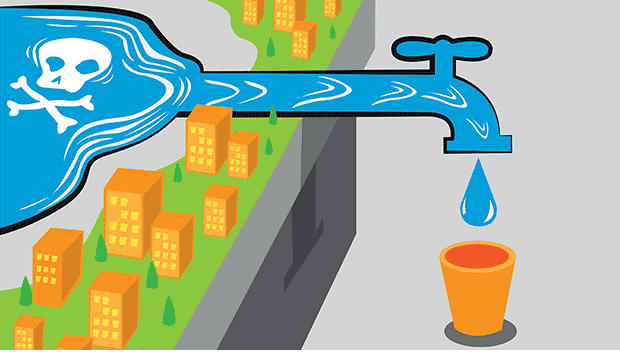Students, residents in Houston neighborhood to create plan combating polluted conditions

Robert Brown

Eric Du

Barbara Klein

Jaimie Masterson

Galen Newman
Residents of Sunnyside, an impoverished Houston neighborhood beset by water and air pollution and prone to flooding, will develop plans to improve their community and create a roadmap for future growth in a collaboration with students in three departments at the Texas A&M College of Architecture.
The 2017-18 project is supported by $25,000 grant from Texas A&M’s High Impact: Education First program for projects that benefit Texas citizens.
One of Houston’s oldest African-American neighborhoods, Sunnyside is located approximately eight miles south of downtown Houston, within one mile of three large hazardous waste producers and two major sources of air pollution.
The neighborhood, 40 percent of whose residents live in poverty, is also vulnerable to hurricane-related flooding from Sims Bayou, which carries waters from the polluted Houston Ship Channel into the neighborhood.
As part of the project, students from the departments of [landscape architecture and urban planning] (http://laup.arch.tamu.edu/) , [construction science] (http://cosc.arch.tamu.edu/) and [visualization] (http://viz.arch.tamu.edu/) will participate in a series of public neighborhood meetings this fall to learn about the neighborhood’s chronic environmental problems.
Based on these findings, students enrolled in a range of interdisciplinary studio, lecture and seminar courses associated with the project will apply theory and skills to develop innovative solutions for the neighborhood’s problems.
The solutions will be consolidated in a master plan that includes an inventory and analysis of existing conditions, suggestions and renderings for infrastructure improvements to bolster the neighborhood’s hazard resilience, and a community growth strategy.
Additionally, visualization and construction science students will create video and virtual reality models of master plan proposals.
“Visualization is the quickest and most successful way to explain a master plan,” said Barbara Klein, a lecturer in the Department of Visualization participating in the project. “The video will help the community and other researchers see the value and the expected benefits of the plan.”
The VR model will include an immersive rendering of plan elements and should facilitate participatory design of safer and more sustainable communities in the future, said Eric Du, an assistant professor of construction science who will help direct the VR model’s creation and led other construction science students in the preparation of cost estimates for master plan proposals.
Designed as a transformational education experience, the project will help students develop creative and critical thinking skills, teach them how to collaborate with students in other disciplines and to assist residents in vulnerable areas who seek to heighten their communities’ hazard resilience, said Galen Newman, associate professor in the Department of Landscape Architecture and Urban Planning and a project leader.
Other project team leaders from the College of Architecture include Robert Brown, an LAUP professor, and Jamie Masterson, program coordinator of [Texas Target Communities] (http://ttc.arch.tamu.edu/) . The [Institute for Sustainable Communities] (http://ifsc.tamu.edu/) , the university's focal point for interdisciplinary, sustainable community research, engagement and high impact service learning, is another project partners.
Richard Nira
rnira@arch.tamu.edu
Tags
- archone gallery
- building a better texas
- coa gallery
- construction science
- cosc gallery
- enviro gallery
- hazards
- interdisciplinary
- land resources
- landscape architecture & urban planning
- laup gallery
- outreach
- partnerships
- planning
- rss
- studio projects
- sustainability
- texas target communities
- ttc
- undergraduate work
- urban systems
- visualization
- viz gallery
- water conservation
- wellness
Related Posts

A&M researchers collaborate in U.S. resilience center

College community responds to Harvey

Texas A&M research transforming urban school, community
Follow Us
Facebook Twitter Vimeo Youtube Flickr RSS
Recent Posts

Planning prof heads study of disaster housing aid

A message from the dean

Former student remembered as expert planner

Leading educator named new head of Architecture Dept.







_thumbnail_small.png)
